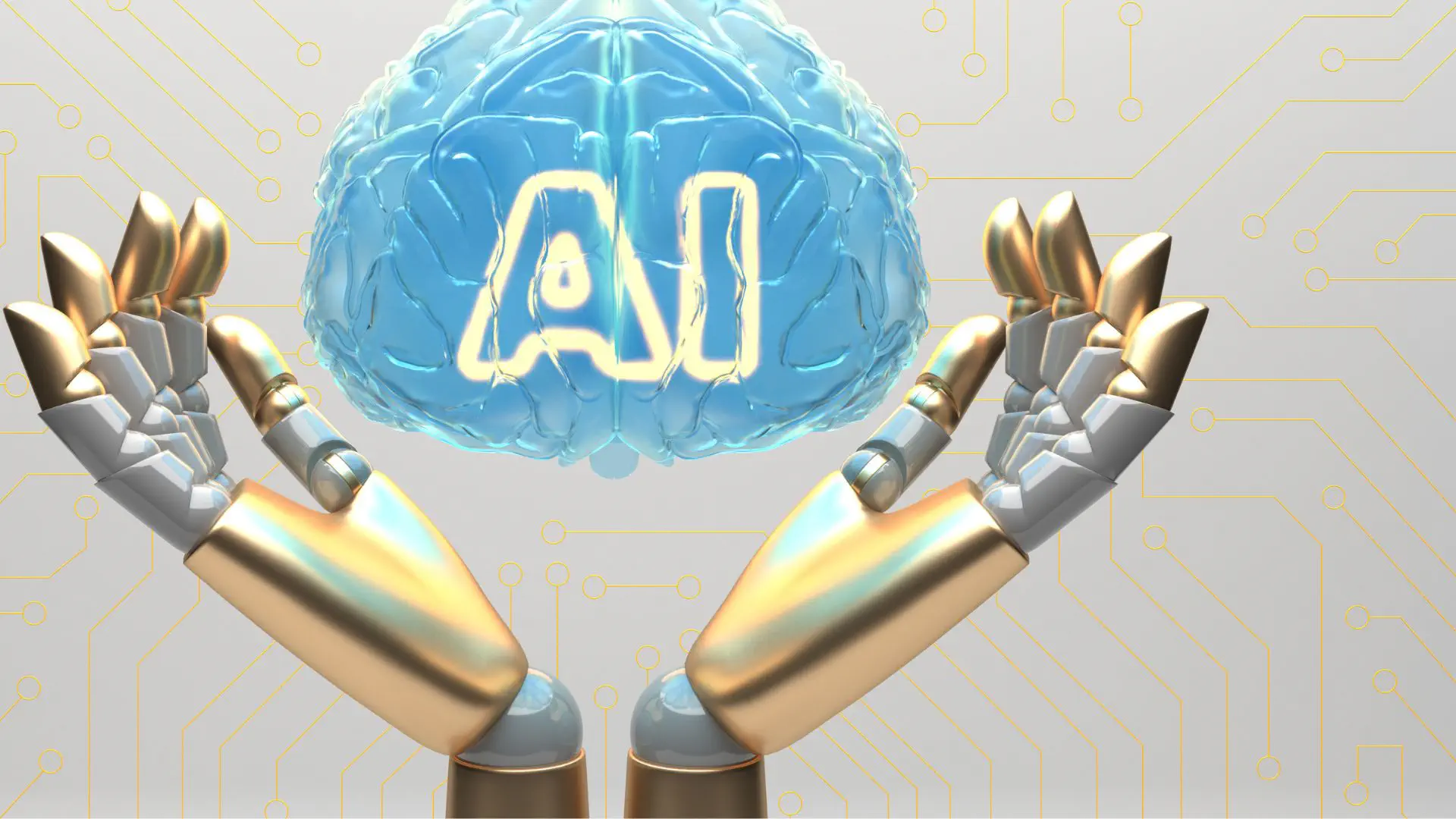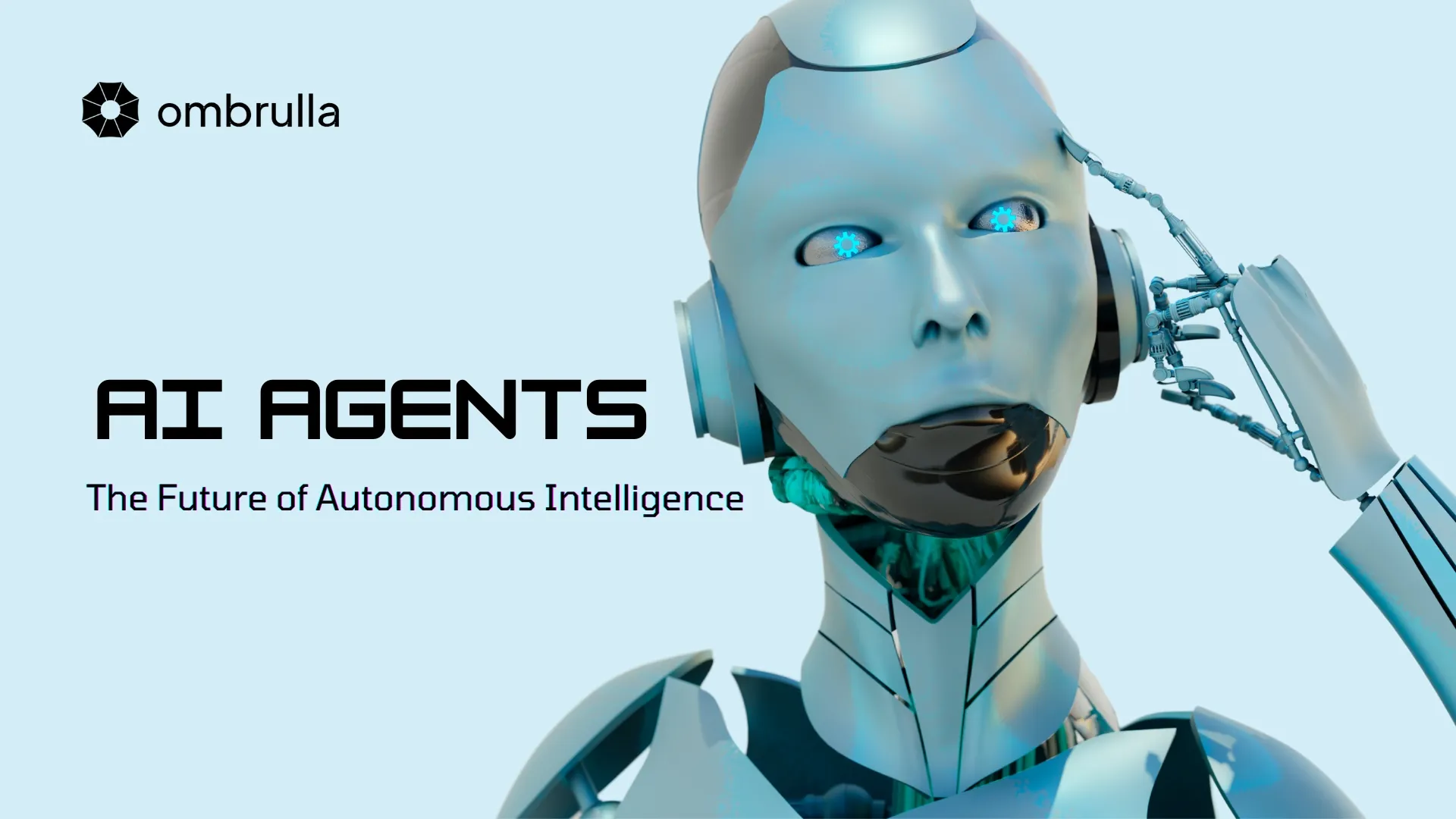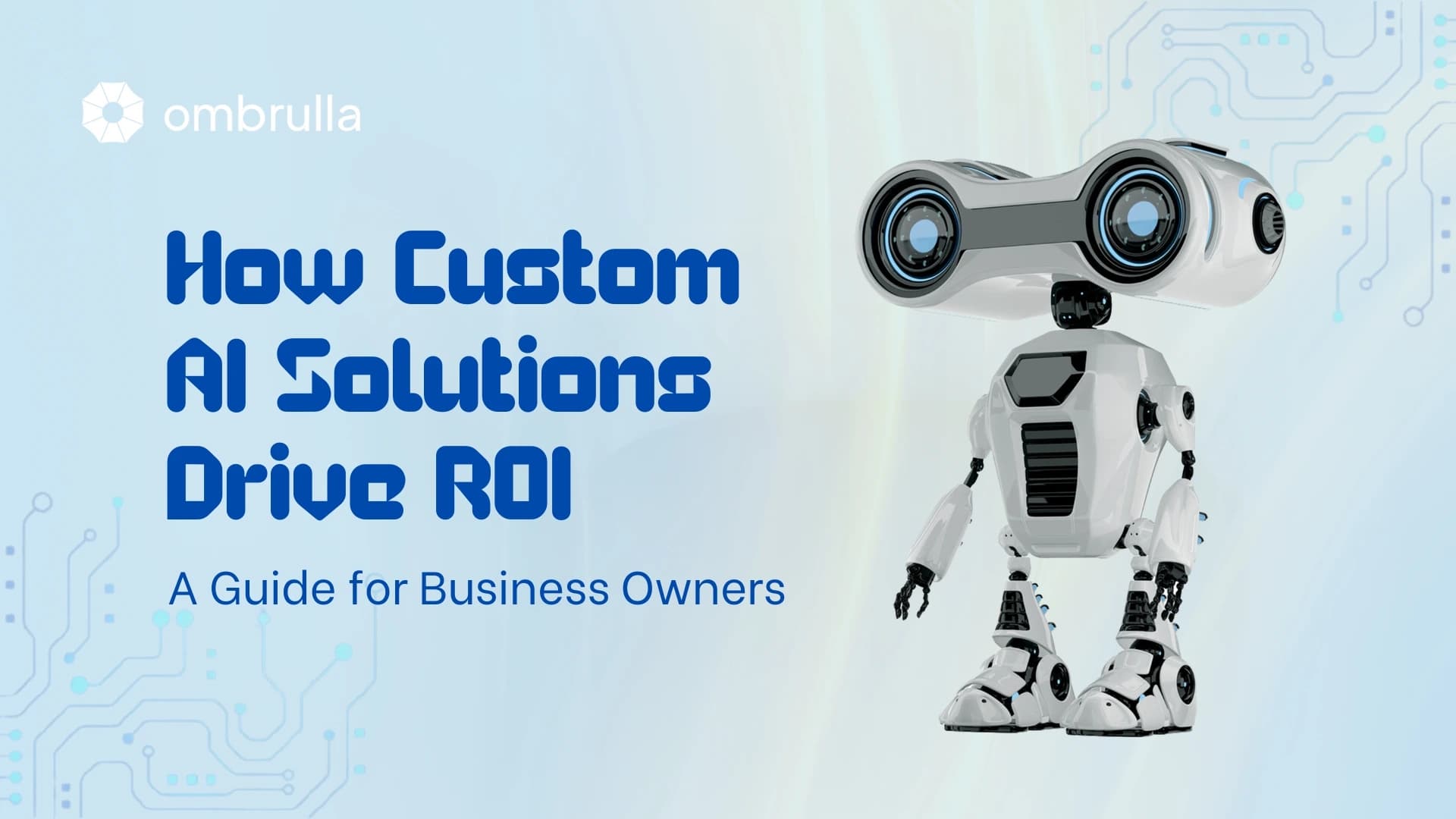Introduction
Artificial Intelligence (AI) has evolved rapidly, with 2025 poised to be a landmark year in its transformative impact on industries, societies, and daily life. From Agentic AI systems that autonomously plan, learn, and execute tasks with human-like adaptability to industry-specific applications and advanced reasoning models, the trends emerging now will shape the future.
In this blog, we explore the top AI trends for 2025 and beyond, their impact, challenges, and how organizations can strategically prepare for this new wave of innovation.
10 Key Trends Shaping AI in 2025
AI continues to transform industries and accelerate innovation across every sector. As 2025 approaches, staying ahead of the latest developments is essential. From real-time intelligence at the edge to responsible AI practices, here are 10 key trends shaping the future of AI to watch closely.

1. Rise of Autonomous AI Agents
Autonomous AI agents go beyond executing tasks; they plan, learn, and act independently, leveraging advanced machine learning, natural language processing (NLP), and decision-making algorithms to handle complex workflows. These agents are being integrated into enterprise systems to manage tasks such as customer service automation, business process orchestration, and automated code generation.
What’s New in 2025:
• Multi-agent collaboration
Multiple agents work together in decentralized ecosystems, coordinating to solve complex problems, such as optimizing global supply chains or managing smart city infrastructure.
• Memory integration
Agents retain long-term context over multiple interactions, enabling personalized and coherent experiences, like virtual assistants remembering user preferences across sessions.
• Self-correcting mechanisms
Systems learn from feedback and adapt without retraining, improving efficiency in applications like real-time fraud detection.
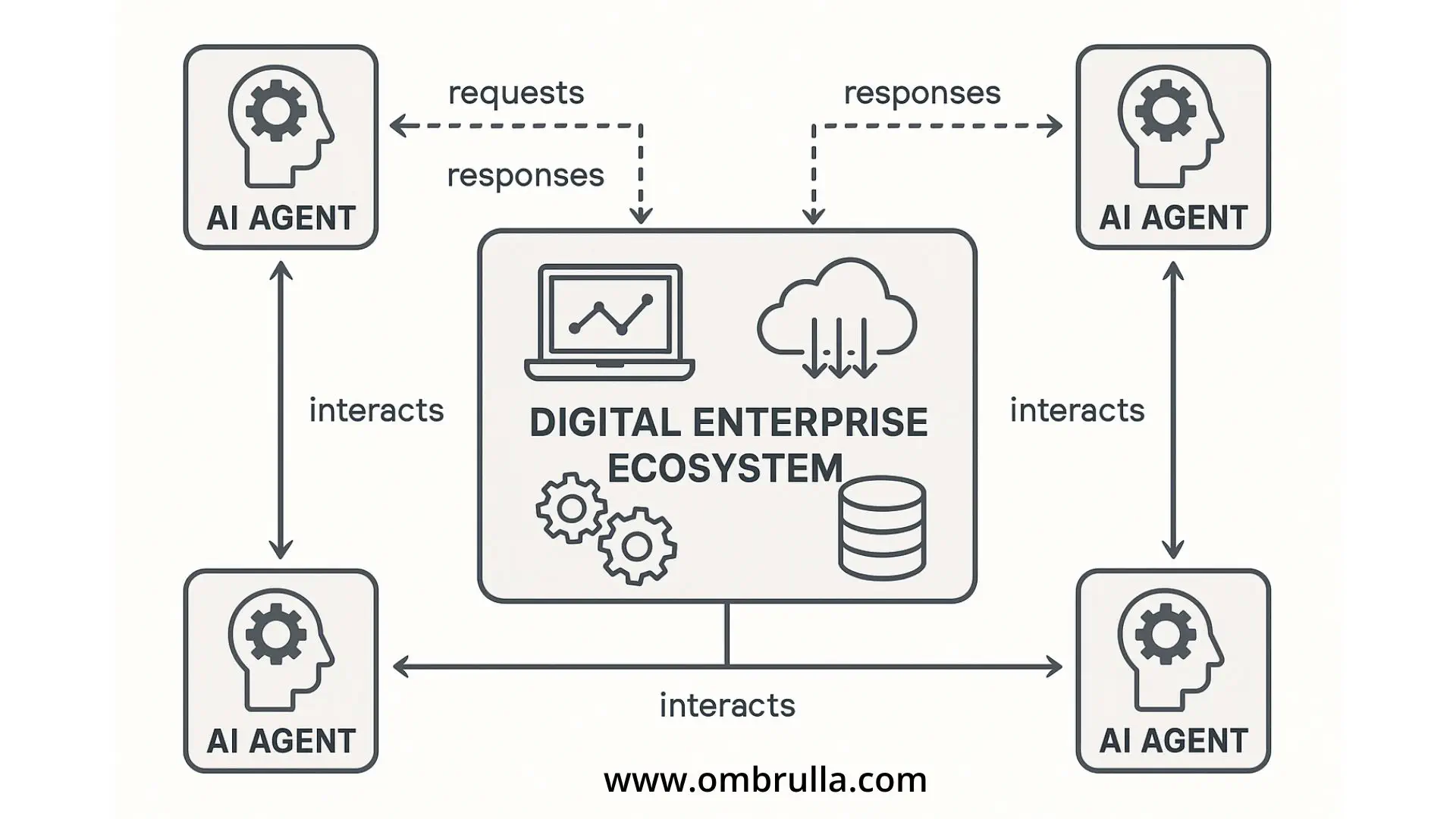
Real-World Use Case: Amazon uses autonomous AI agents in its warehouses, where robots optimize inventory management, predict demand, and coordinate with human workers, reducing delivery times by up to 20%. In customer service, companies like Zendesk deploy AI agents for multi-turn conversations, resolving complex queries with 85% accuracy. In DevOps, GitHub’s Copilot autonomously generates code, streamlining software development by 30%.
2. Advanced Reasoning Models and Cognitive Capabilities
AI is evolving beyond pattern recognition to advanced reasoning, enabling systems to tackle problems requiring logic, critical thinking, and contextual understanding. Hybrid architectures combining neural networks with symbolic reasoning allow AI to 'think' more like humans.
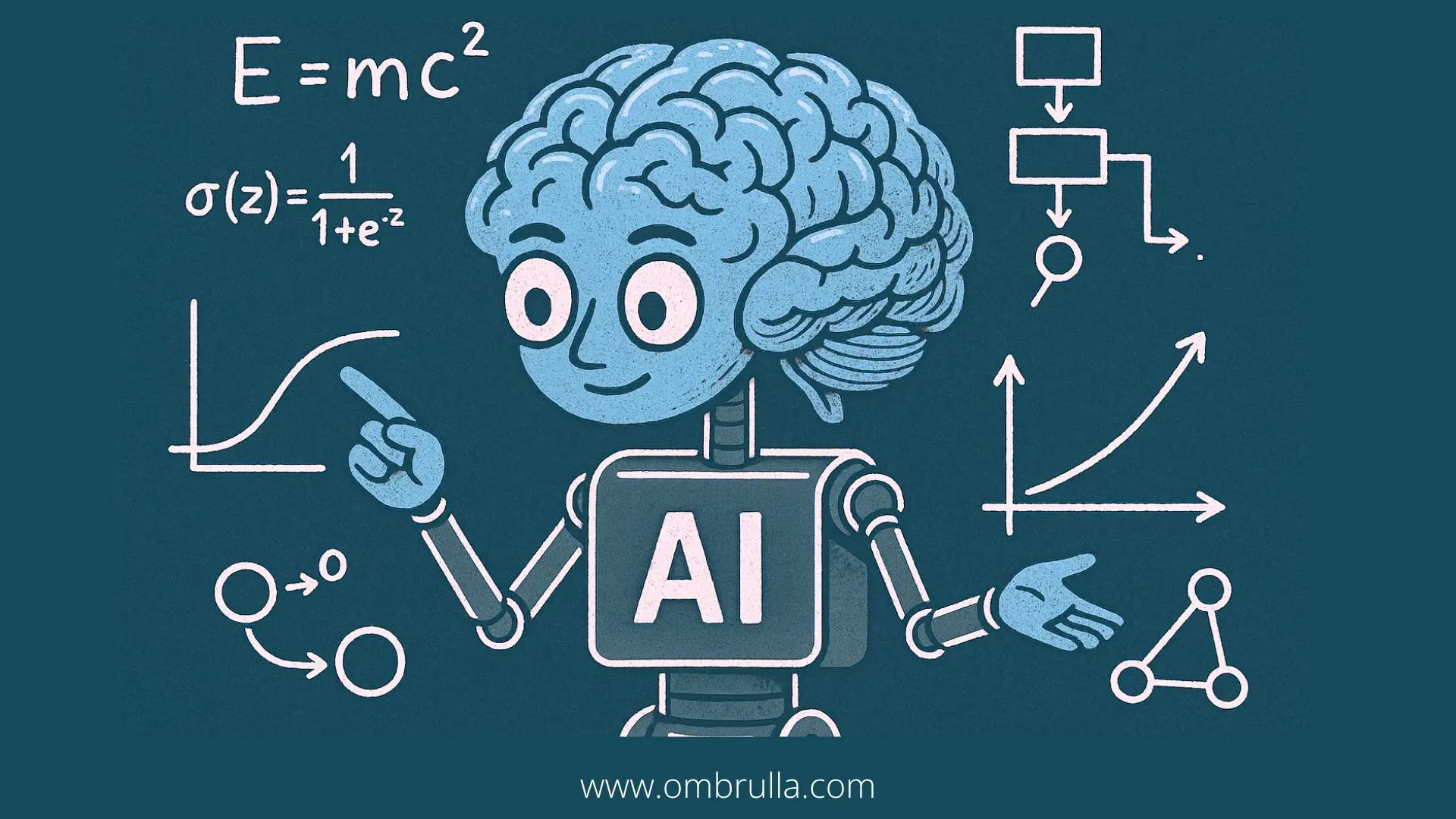
- •Solving multi-step mathematical and scientific problems.
- •Planning complex strategies in business and logistics.
- •Assisting in medical diagnostics with contextual understanding.
Real-World Use Case: IBM’s Project Debater demonstrates advanced reasoning by engaging in live debates, synthesizing arguments, and countering human opponents. In research, AI-driven assistants like those developed by DeepMind analyze vast datasets to hypothesize solutions, such as AlphaFold solving protein folding, accelerating drug discovery.
By 2025, these models will assist in legal analysis, evaluating contracts, or strategic planning, but ensuring their accuracy and unbiased reasoning will be critical.
3. Industry-Specific AI Applications
AI is shifting toward tailored solutions addressing unique challenges in sectors like healthcare, finance, manufacturing, and retail.
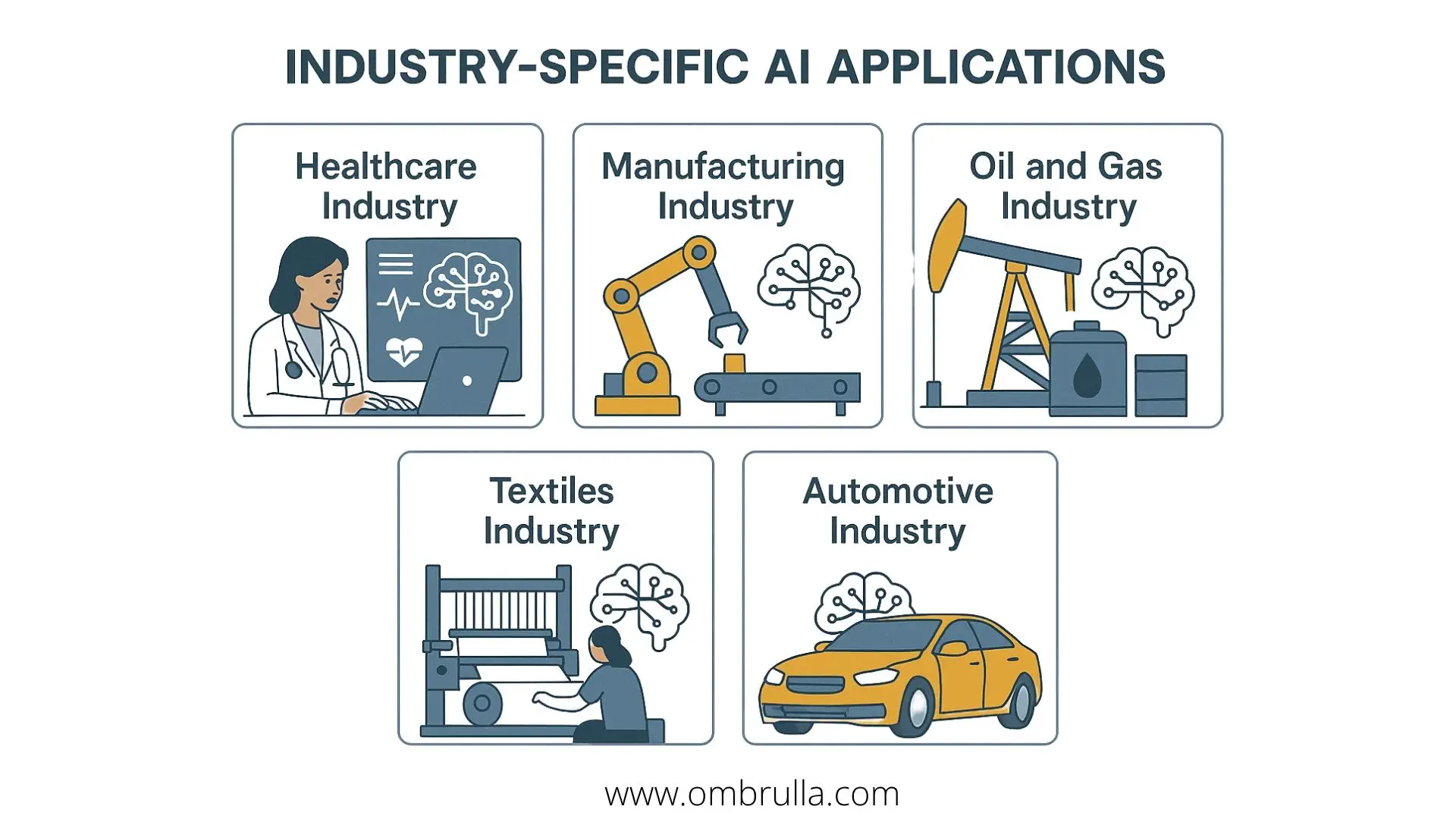
• Healthcare Industry
Google Health’s DeepMind AI detects diabetic retinopathy with 94% accuracy, enabling early intervention. AI-driven diagnostic tools analyze medical imaging to identify conditions like pneumonia or cancer faster than human specialists.
• Manufacturing Industry
Siemens uses AI for predictive maintenance, leveraging IoT sensors to monitor equipment and predict failures, reducing downtime by up to 30%.
• Oil and Gas Industry
ExxonMobil uses AI to process seismic data and model subsurface structures, identifying productive drilling sites and reducing exploration costs by 15%.
• Textiles Industry
A leading textile manufacturer in India uses AI-powered computer vision to detect fabric defects, reducing waste by 20%.
• Automotive Industry
BMW’s AI-driven production system at its Regensburg plant uses machine learning to analyze images, detecting quality issues in real time, reducing defects by 25%.
4. AI-Powered Cybersecurity
AI is a cornerstone of cybersecurity, detecting anomalies, predicting attacks, and responding faster than human-led systems.
2025 Trends:
- •AI for threat detection in zero-day attacks.
- •Autonomous response systems that act instantly during a breach.
- •Behavioral biometrics for identity validation.

Real-World Use Case: Darktrace’s Enterprise Immune System uses AI defect detection to identify unusual network patterns, such as ransomware, in real time, stopping a novel phishing attack at a financial firm before data loss. Microsoft’s Azure Sentinel also leverages AI to analyze billions of signals daily, thwarting cyberattacks.
However, adversaries use AI for deepfake-based social engineering or automated malware, necessitating continuous innovation in AI-driven security.
5. Generative AI Maturation
Generative AI, creating text, images, videos, and music, is maturing rapidly, producing hyper-realistic content with applications in entertainment, marketing, and education.
- •Video generation from text (e.g., OpenAI Sora).
- •Personalized content generation for marketing and e-learning.
- •3D asset creation for gaming, simulation, and industrial design.
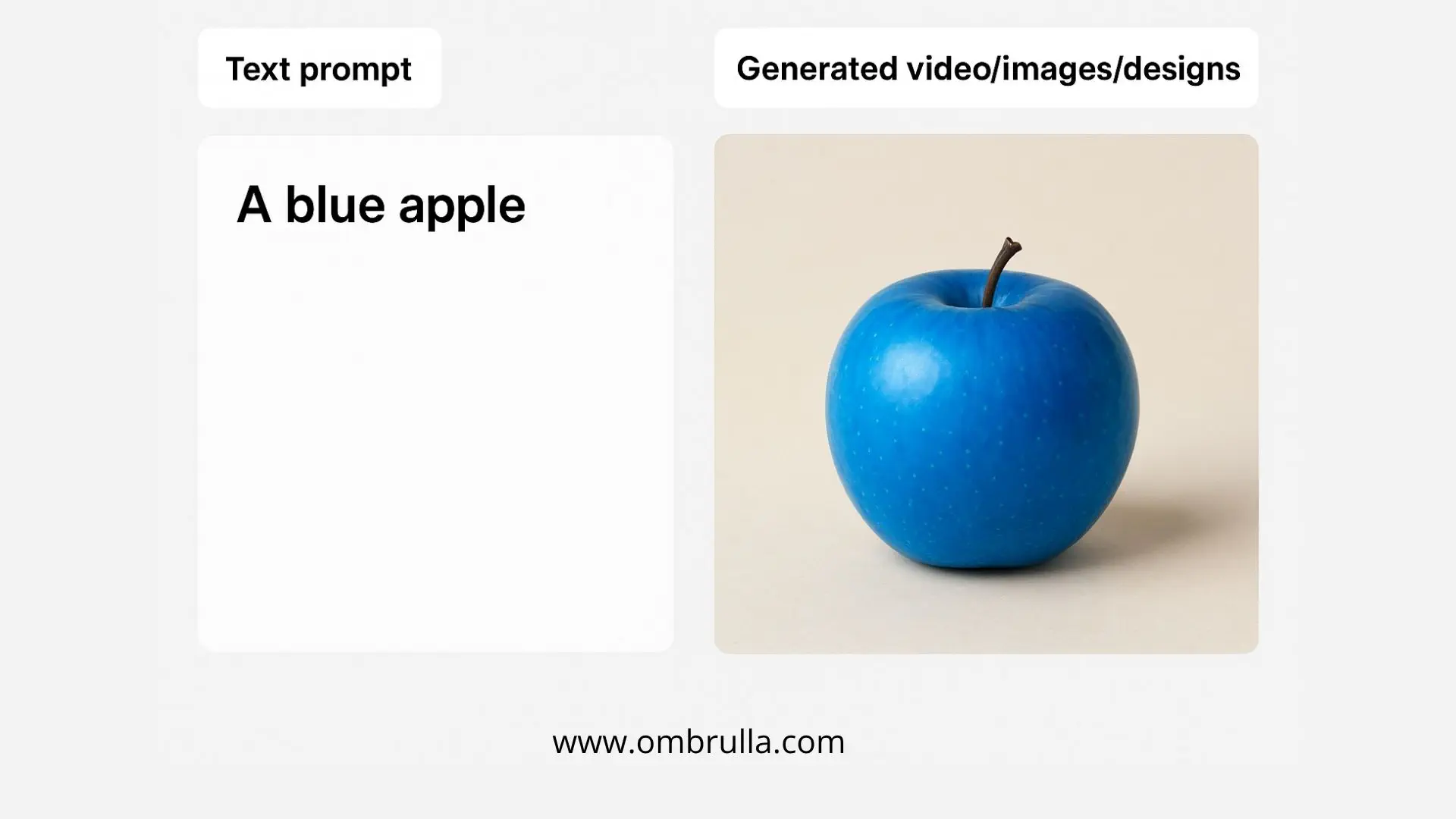
Real-World Use Case: OpenAI’s DALL·E 3 generates photorealistic images for marketing campaigns, enabling brands like Coca-Cola to create personalized ads in seconds. In education, tools like Synthesia produce customized video lessons, improving engagement in e-learning platforms like Coursera.
By 2025, multimodal models combining text, images, and audio will enhance creativity, but concerns about deepfakes and copyright violations demand robust detection tools and ethical guidelines.
6. Explainable and Responsible AI
Explainable AI (XAI) ensures transparency in AI decisions, while responsible AI emphasizes fairness, accountability, and inclusivity, critical in high-stakes domains like healthcare and finance.
Key Developments
- •Interpretability frameworks embedded in LLMs.
- •Auditable AI systems for legal and medical use.
- •Fairness and bias detection tools becoming mandatory in enterprise deployments.
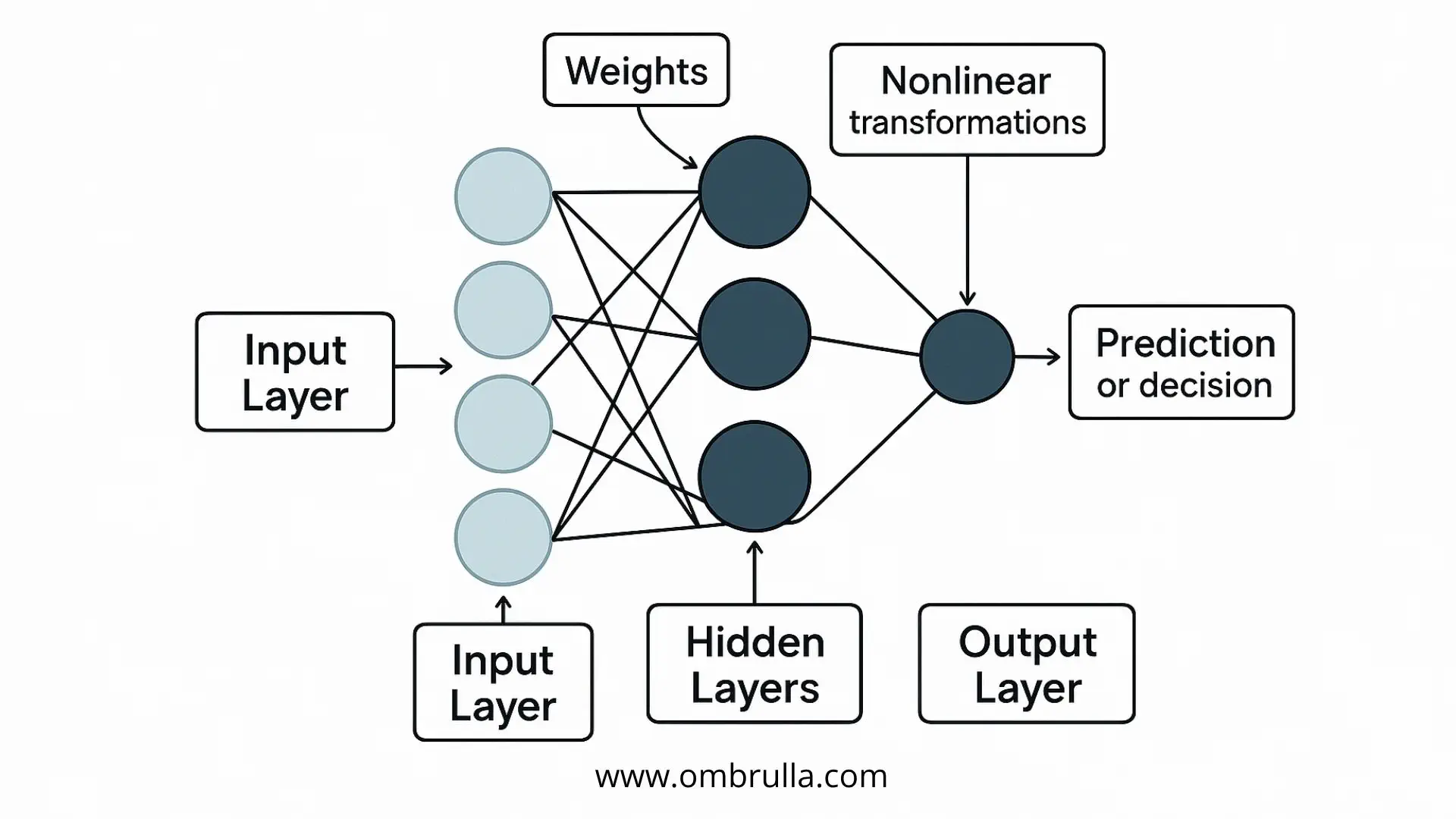
Real-World Use Case: Accenture’s XAI framework helps banks explain credit scoring decisions to customers, ensuring compliance with regulations like GDPR. In healthcare, IBM’s Watson Health provides interpretable diagnostic recommendations, building trust among doctors and patients.
In 2025, frameworks like the EU’s AI Act will enforce transparency, and companies prioritizing responsible AI will gain consumer trust and a competitive edge.
7. AI + IoT + Edge = Real-Time Intelligence
The convergence of AI, IoT, and edge computing enables real-time intelligence by processing data closer to its source, reducing latency and bandwidth costs.
- •Smart factories with edge-based vision systems.
- •Remote worker safety through wearables and AI analytics.
- •Real-time asset monitoring in logistics and construction.
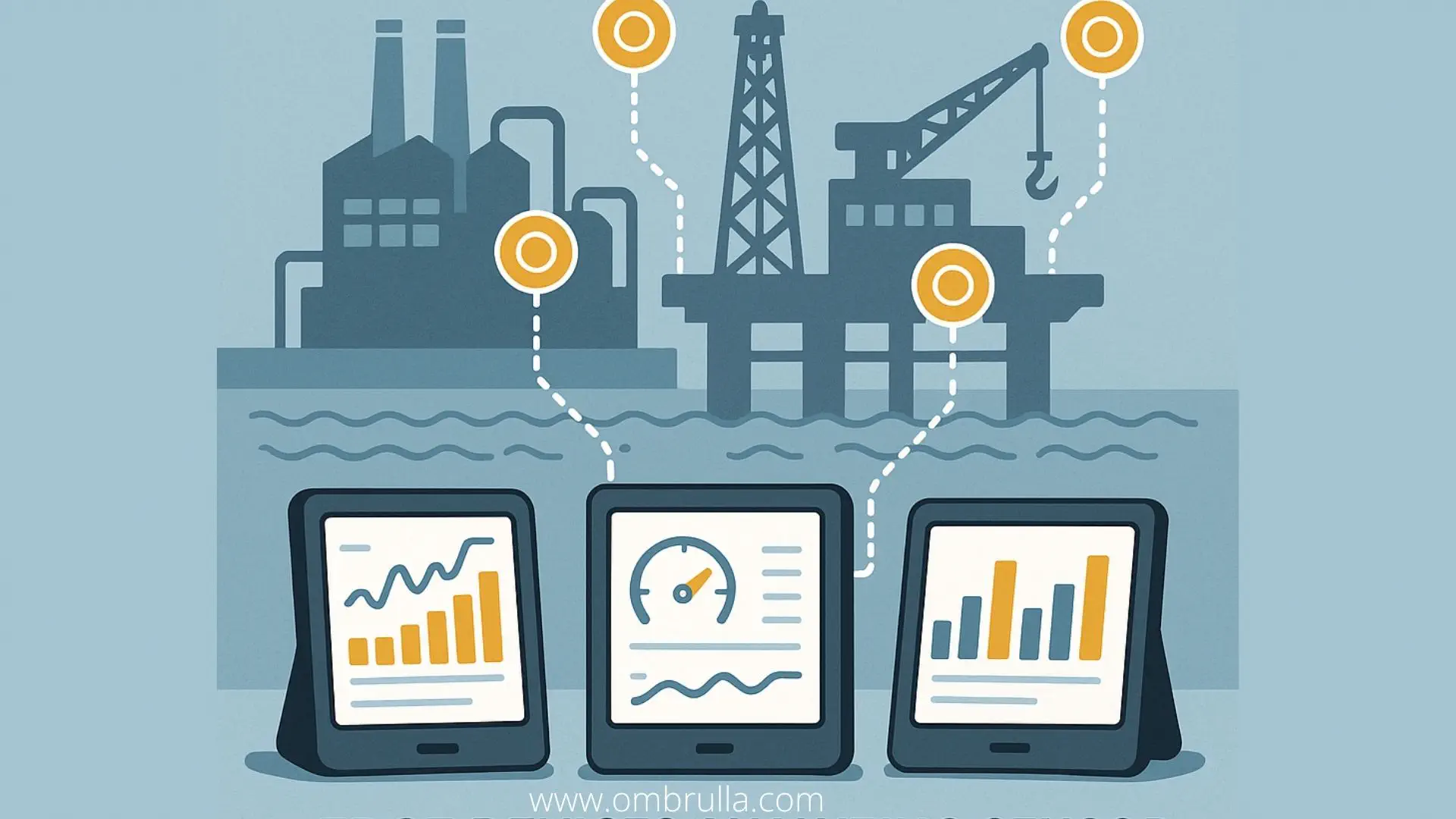
Real-World Use Case: Singapore’s Smart Nation initiative uses AI and IoT sensors to optimize traffic flow, reducing congestion by 15% through real-time analysis. In manufacturing, General Electric’s Predix platform employs edge AI to monitor turbine performance, predicting failures and saving millions in maintenance costs.
By 2025, advancements in low-power AI chips and 5G will accelerate applications, but securing edge devices and managing data privacy remain challenges.
8. AI for Climate and Environmental Sustainability
AI addresses climate change by optimizing energy, enhancing climate modeling, and supporting conservation efforts. Environmental sustainability is a core focus.
- •Carbon emission analysis across manufacturing units.
- •AI-optimized energy usage in buildings and transport.
- •Deforestation monitoring using AI on satellite images.
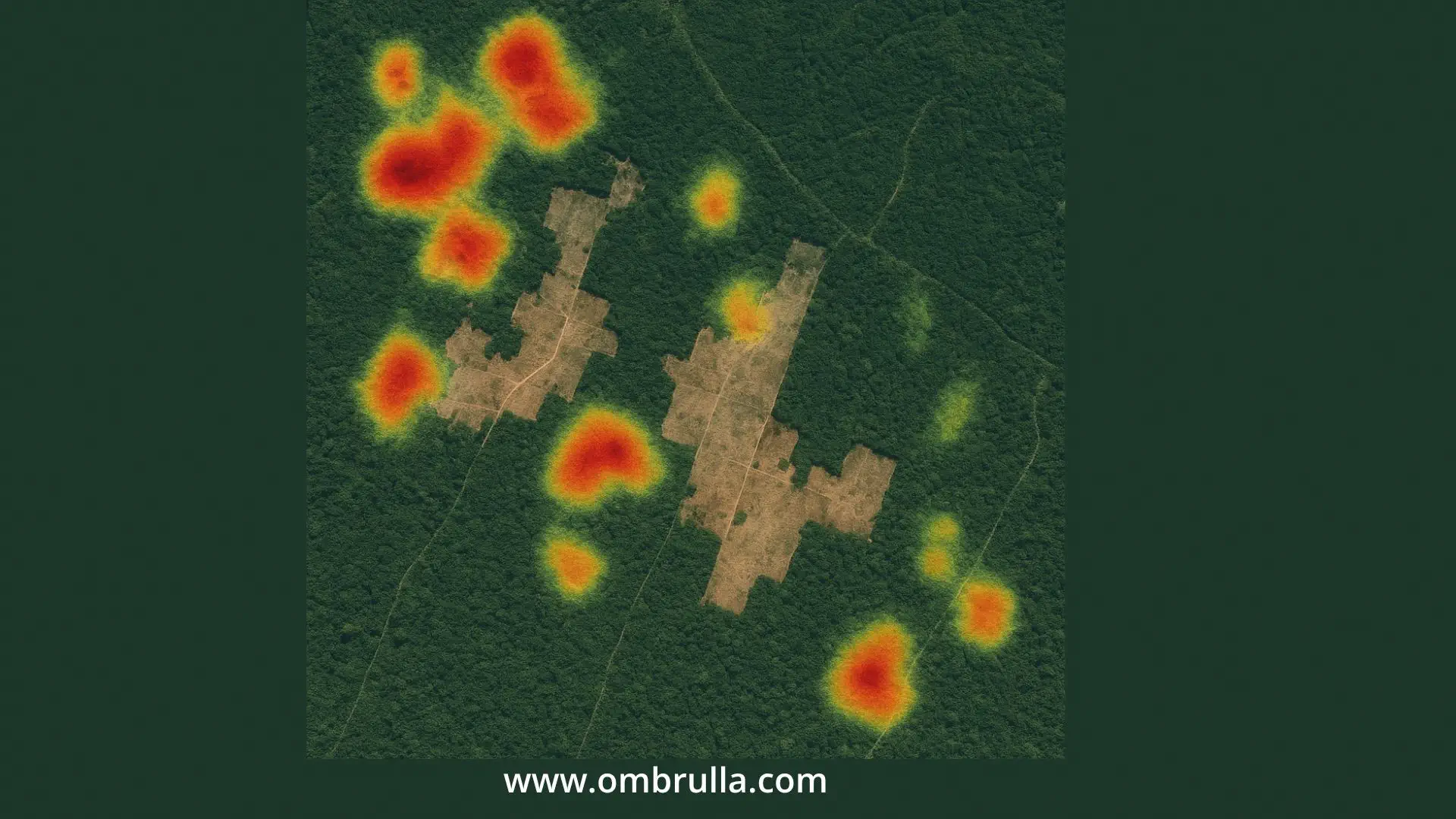
Real-World Use Case: Google’s DeepMind optimizes data center cooling, reducing energy consumption by 40%. In conservation, Resolve’s TrailGuard AI uses camera traps to monitor wildlife, reducing illegal poaching in African reserves by alerting rangers in real time.
By 2025, AI will improve climate predictions and renewable energy grids, but scaling these solutions globally remains a challenge.
9. Hyper-Personalized AI Experiences
AI delivers tailored content, products, and services by analyzing user data, anticipating needs in real time.
- •LLMs adapt to your personality, tone, and usage patterns.
- •AI assistants offer context-aware suggestions for productivity.
- •Retailers use AI-powered recommendation engines refined with real-time feedback.

Real-World Use Case: Netflix’s recommendation engine uses AI to curate personalized watchlists, contributing to 80% of viewer activity. In healthcare, Tempus leverages AI to create personalized cancer treatment plans based on genetic profiles, improving patient outcomes.
In 2025, hyper-personalization will enhance user satisfaction, but balancing it with data privacy will be critical.
10. Preparing for an AI-First World
The transition to an AI-first world requires businesses to integrate AI into core strategies and individuals to develop AI literacy.
- •Upskill workforce: AI literacy will be a requirement across departments.
- •AI governance frameworks: Define clear policies, responsibilities, and audits.
- •Data strategy: Ensure your data is AI-ready, clean, labeled, and accessible.
- •Partner ecosystem: Collaborate with AI vendors and consultants to stay agile.
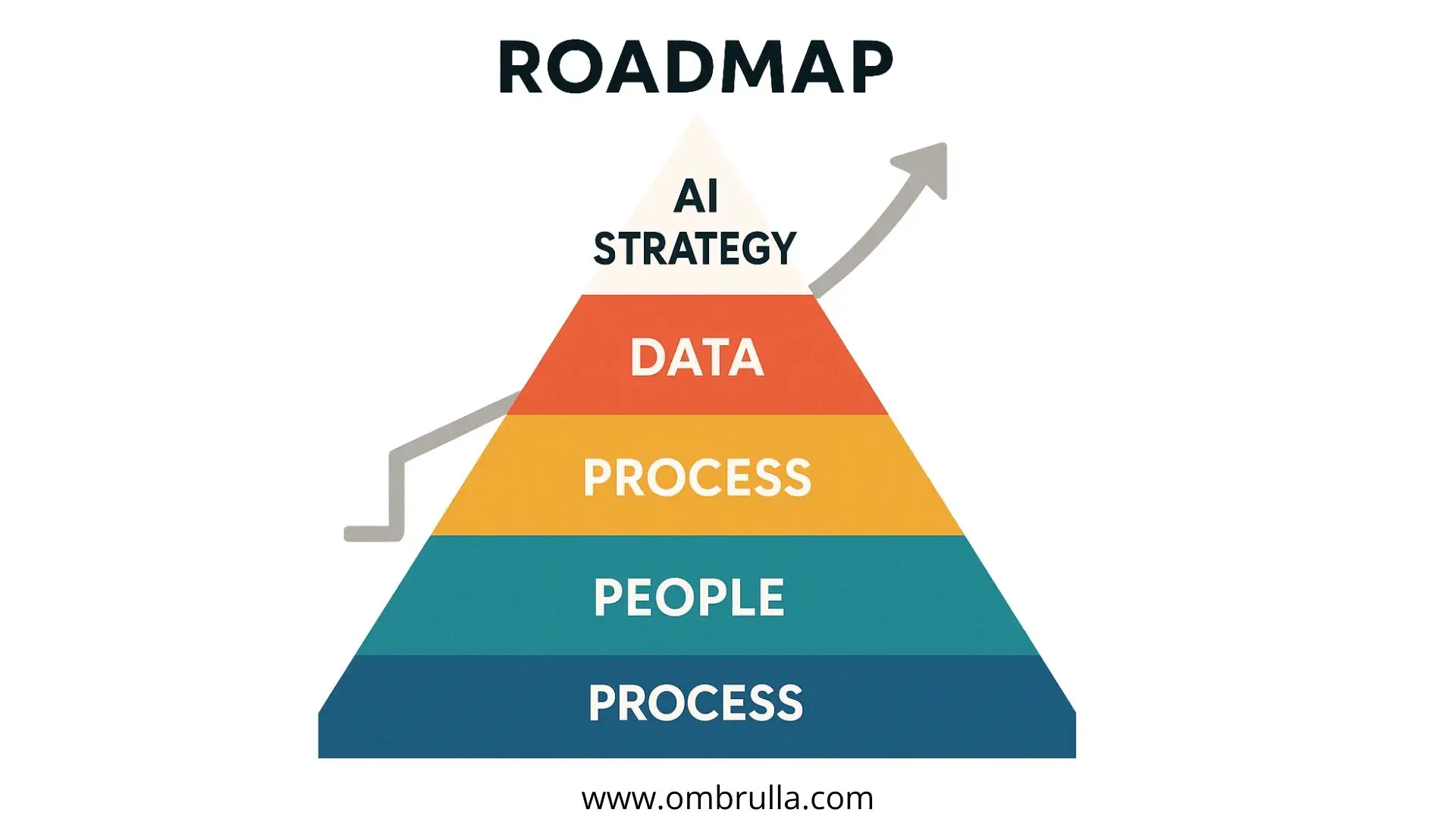
Real-World Use Case: Amazon trains employees through its Machine Learning University, upskilling thousands in AI technologies. Globally, Singapore’s AI Singapore initiative promotes AI literacy through public workshops, preparing citizens for an AI-driven economy.
By 2025, educational institutions and governments will expand AI curricula and policies to ensure inclusive adoption.
How Businesses Are Affected by AI Trends
AI trends are reshaping business operations, strategies, and customer engagement. Key impacts include:
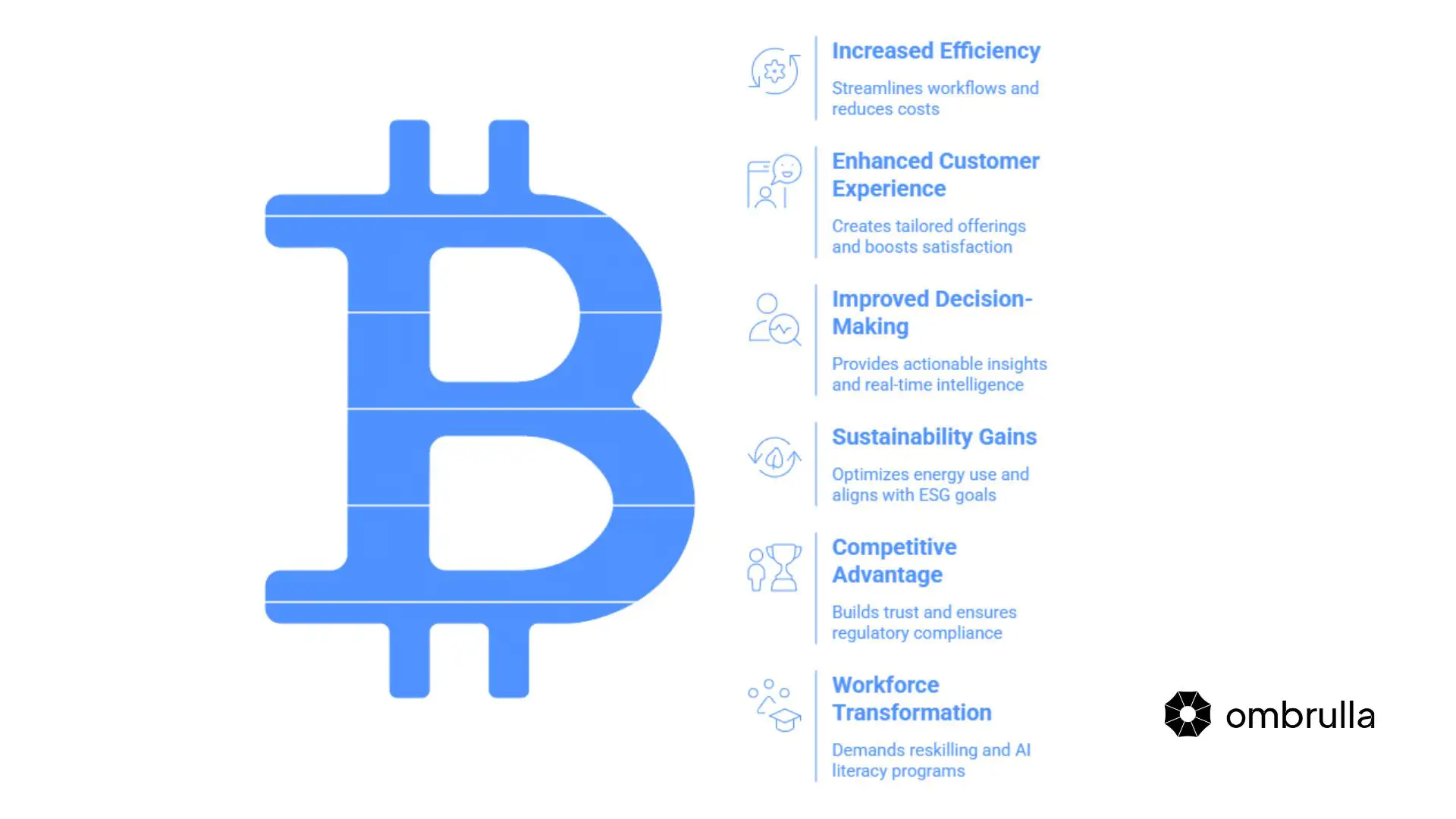
Increased Efficiency:
Autonomous AI agents and industry-specific applications streamline workflows, reducing costs (e.g., Siemens’ 30% downtime reduction).
Enhanced Customer Experience:
Hyper-personalized AI and generative AI create tailored offerings, boosting satisfaction (e.g., Walmart’s 15% sales increase).
Improved Decision-Making:
Advanced reasoning models and real-time intelligence provide actionable insights (e.g., ExxonMobil’s cost savings in exploration).
Sustainability Gains:
AI-driven energy optimization aligns with ESG goals (e.g., Google’s 40% energy reduction).
Competitive Advantage:
Early adopters of explainable and responsible AI gain consumer trust and regulatory compliance.
Workforce Transformation:
Automation demands reskilling, with companies like Amazon investing in AI literacy programs.
What’s the Next Big Trend After AI?
While AI continues to dominate, the next frontier is likely Quantum Computing-Enhanced AI, merging quantum computing’s immense processing power with AI’s intelligence.
Key Developments by 2025:
Quantum AI Algorithms:
Quantum-enhanced machine learning will solve optimization problems exponentially faster.
Hybrid Systems:
Combining classical AI with quantum computing for tasks like climate modeling.
Early Adoption:
Companies like IBM and Google are scaling quantum hardware.
Challenges to Watch
As AI adoption accelerates, it brings significant challenges that must be addressed to ensure responsible and equitable implementation.
1. Ethical Concerns
Bias in AI, like facial recognition misidentifying minorities, demands diverse development teams and ethical frameworks.
2. Regulation
The EU’s AI Act balances innovation and consumer protection, but global alignment is needed.
3. Security Risks
AI models like ChatGPT face data poisoning attacks, requiring robust security measures.
4. Workforce Displacement
Automation may displace 30% of jobs by 2030 (McKinsey), necessitating reskilling.
5. Resource Intensity
Training models like GPT-4 emits significant carbon, raising sustainability concerns.
Conclusion: The Future is Intelligent
The AI trends shaping 2025 promise unprecedented innovation, from autonomous agents to hyper-personalized experiences. Real-world applications, like Amazon’s warehouse robots or Google’s energy optimization, demonstrate AI’s transformative power. However, addressing ethical, regulatory, and technical challenges is crucial.
By embracing responsible AI, investing in education, and fostering collaboration, we can harness AI’s potential to create a more intelligent, sustainable, and equitable future. The journey to 2025 and beyond is underway—the future is intelligent.
